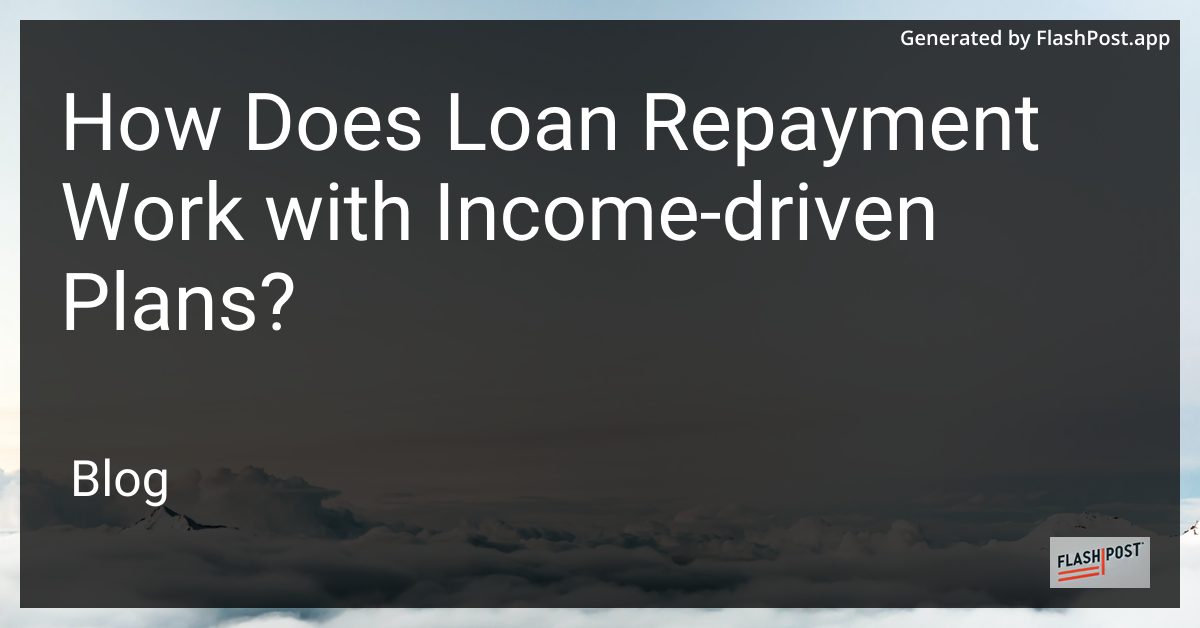
How Does Loan Repayment Work with Income-Driven Plans?
Understanding loan repayment plans can be a daunting task, especially when facing financial constraints. Income-driven repayment plans are designed to provide borrowers with a manageable way to repay their loans based on their current income and family size. By adjusting monthly payments to align with one's financial situation, these plans aim to ease the financial burden.
What are Income-Driven Repayment Plans?
Income-driven plans adjust your monthly loan payments according to your earnings and family size. These plans aim to ensure that borrowers pay only a portion of their discretionary income, making it easier to manage finances while repaying student loans. Common types include:
- Income-Based Repayment (IBR)
- Pay As You Earn (PAYE)
- Revised Pay As You Earn (REPAYE)
- Income-Contingent Repayment (ICR)
How Does It Work?
Each income-driven plan has specific criteria for determining your monthly payment amount. Generally, it is calculated as a percentage of your discretionary income. With low or no income, you may even have a payment as low as $0. The specific formula used varies by plan, but typically involves a fixed percentage, ranging from 10% to 20%, of your discretionary earnings.
Benefits and Considerations
While these plans offer reduced initial payments, keep in mind that extending the loan term might increase the total interest paid over time. However, certain plans also offer loan forgiveness after 20-25 years of qualifying payments, providing an incentive for many borrowers.
Explore Further Loan Repayment Strategies
For those looking to diversify and strategize their loan repayment, consider exploring: